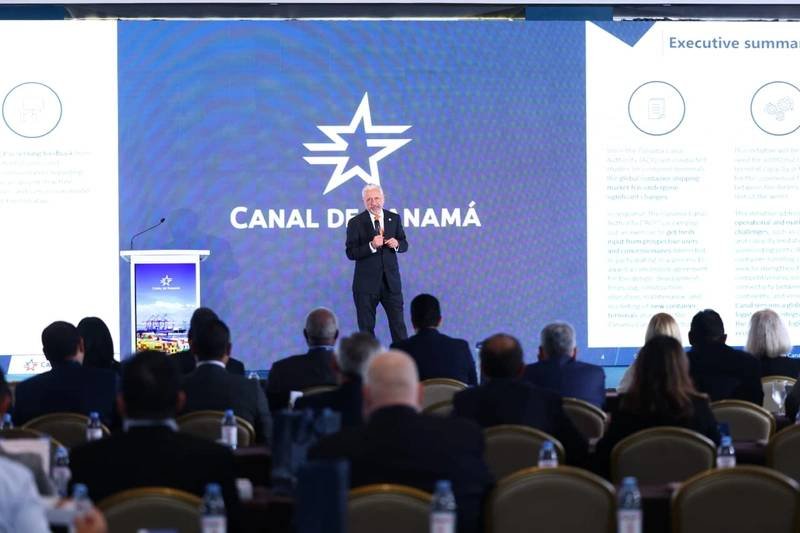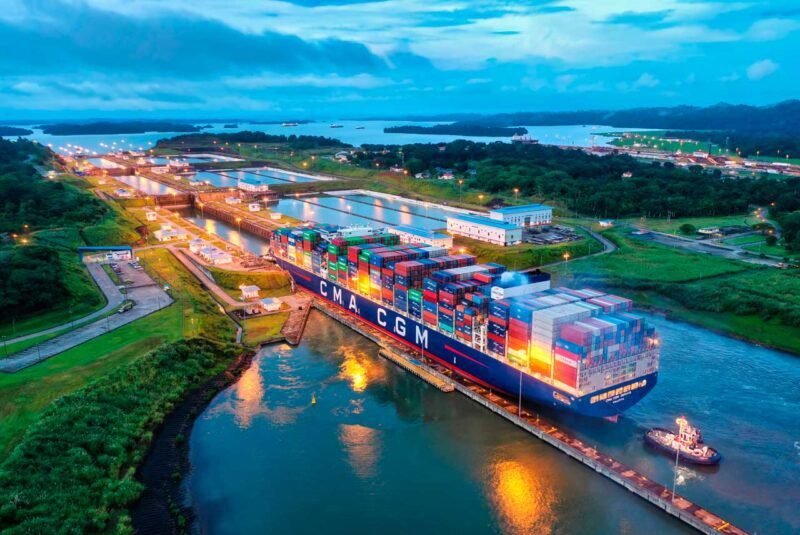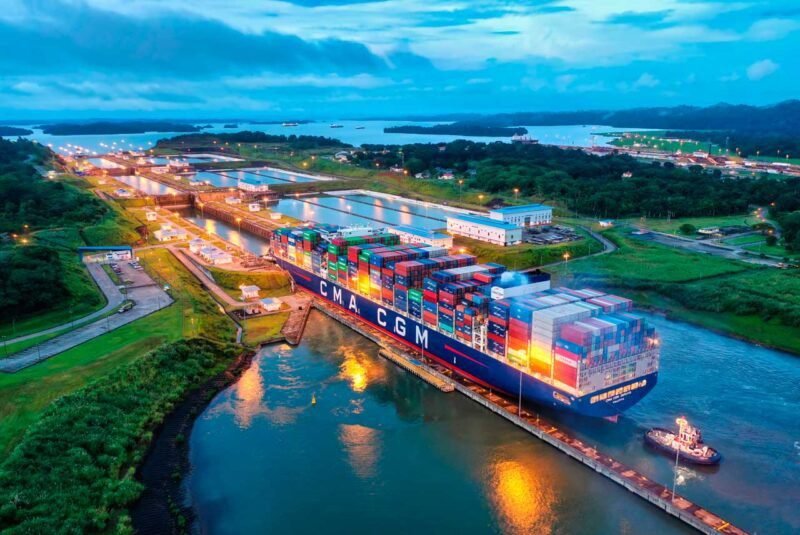The Panama Canal Authority has implemented new strategies to tackle water scarcity challenges resulting from the 2023-2024 El Niño phenomenon. During the 2025 Investor Forum organized by LATINEX, Panama Canal Administrator Ricaurte Vásquez Morales shared the outcomes of recent initiatives. These include a unique approach to auctioning transit spaces during times of draft restrictions and reduced transits. Vásquez highlighted the agency’s different pricing structure based on the ships’ locks used, emphasizing the value assigned to water consumption. This adaptive strategy has enabled the optimization of yields, reduced operational costs, and maintained competitiveness in the market.
The agency also introduced a long-term slot allocation method, allowing shipping companies to acquire transit slots for the upcoming fiscal year. Vásquez mentioned the initial focus on gas tankers and the ongoing evaluation of this plan. This system provides shipping companies with the certainty of efficiently planned cargo movements through the Panama Canal. Due to a severe drought worsened by El Niño, the canal had operated below full capacity for over a year. Recently, the number of daily passages and maximum drafts has gradually increased, restoring normal operations meeting design specifications.
In addition to economic measures, the canal authority is implementing long-term social and environmental strategies. These initiatives include land registration, property transfer programs in the eastern catchment area, agroforestry, and forest conservation projects. Similar endeavors are expanding to the western catchment area, which returned to canal management in July 2024. The Panama Canal is on track to resume full operations efficiently while also prioritizing sustainability and environmental conservation.


















